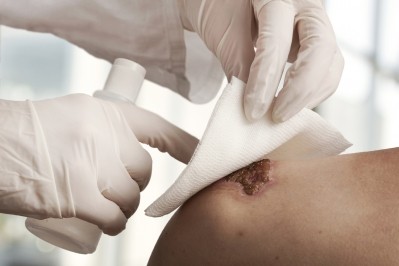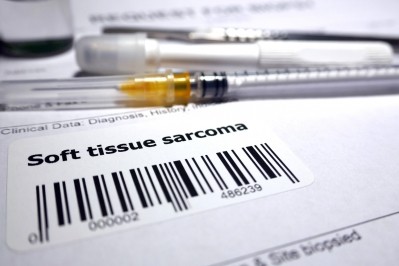International clinical trials day: Treehill's quest for commercial and clinical success

He stated: "We are at a critical juncture. We see products dropping out of development because they're simply not felt to be commercially viable, particularly for small indications.”
For International Clinical Trials Day, Bio Pharma Reporter interviewed Ali Pashazadeh, CEO and co-founder of consulting firm Treehill Partners, who argues that the development of therapies is often too narrowly focused on achieving regulatory approval, overlooking commercial success.
He suggests that therapeutic development could be optimized with a greater emphasis on market viability, particularly for those therapies that ultimately fail to gain approval.
In response to these challenges, Treehill recently launched a clinical development optimization service to unite drug developers, CROs, CDMOs, investors, and other stakeholders. This initiative aims to enhance the chances of both clinical and commercial success for new therapies.
“Treehill has observed the process of drug development in the long term is to a large extent run in verticals, phase 1, leads to phase 2 and then phase 3. Each phase is optimized for a desired outcome. When each phase is achieved, this leads to the next phase. Rarely do we see an over-arching plan of the end goal,” Pashazadeh said.
“The work Treehill has done with service providers, mainly CROs, has been almost exclusively optimized within these verticals. Financial incentives are often limited to individual phases and our team provides the overarching lens on the decision making process.”
When asked about collaboration, Pashazadeh explained that he is still trying to see effective collaboration and coordination within CROs, let alone among other stakeholders.
“The role Treehill has played with the CROs was to provide that seamless lens across not only the CRO, the CDMO but also the investor and the potential licensing partner. This has proven to be a win-win across the different partners in the drug development process."
Treehill's approach is rooted in having a seasoned team with decades of hands-on experience in every stage of the drug development value chain.
With a track record of assisting over 100 biotech companies navigating the complexities of clinical trial development, the company has honed its skills through collaboration with various CROs, gaining valuable insights into clinical trial decision-making processes first-hand.
Acting as advisors or interim management, Treehill performs rapid assessments, collaborates with management, boards, and investors to explore strategic alternatives, and formulates actionable plans within weeks to achieve set milestones.
“Treehill’s ‘secret sauce’ is based on having a single integrated team who cover all of the bases of drug development, including pre-launch and launch experience. The Treehill team has seen what happens when clinical drug development goes wrong and then observed how robustly decisions are made,” Pashazadeh said.
In addition, the advisory firm estimates that only 5% of the over 1,000 phase 1/2 clinical protocols reviewed in its research were optimized for maximal commercial impact, with 80% having one or two market points affecting commercial success and about 60% likely to be rerun by prospective licensing partners if left unchanged.
Treehill has also developed an ‘efficient and ‘intuitive’ process to maximise the clinical and commercial success of drug development.
Its team will review each asset’s preclinical and clinical data, regulatory strategy, trial protocols, IP estate, market projections, and business plan. This comprehensive analysis aims to provide a clear perspective on what potential investors or licensing partners will see.
The company then engages in an iterative process to optimize the clinical trial pathway, aligning it with the target product profile (TPP) for a successful program launch in the hands of its current management.
Outlining the reason behind this, Pashazadeh said: “We have seen asset development plans from a global CRO being developed and presented to a company based simply on the mechanism of action, the stated indication and phase. The CRO did not consider customisation of the asset development plan to that specific company or that specific program.”
Crucially, Treehill collaborates with companies to evaluate potential clinical indications, considering their commercial impact, target market, necessary steps to attain market share, and the required clinical studies.
This ensures not only regulatory approval but also the generation of data needed for a strong reimbursement profile and market adoption, marking the product as a success.
Once a plan is in place, the firm oversees its implementation, ensuring timelines are maintained and quality is delivered.
This method has already shown significant and tangible benefits. Treehill's involvement has resulted in a 30% reduction in total budgets and a nine-month acceleration in timelines for the companies it has worked with.
“A value proposition which is far more investible for an investor and far more attractive for a potential acquisition. Most importantly, this is critical for the delivery of therapies to patients who so badly need them,” Pashazadeh said.
As the pharmaceutical industry continues to face critical issues in clinical development, from the lack of focus on commercial viability and fragmented nature of drug development processes, Treehill is striving to address these challenges by integrating expertise across the value chain and emphasizing collaboration.
















